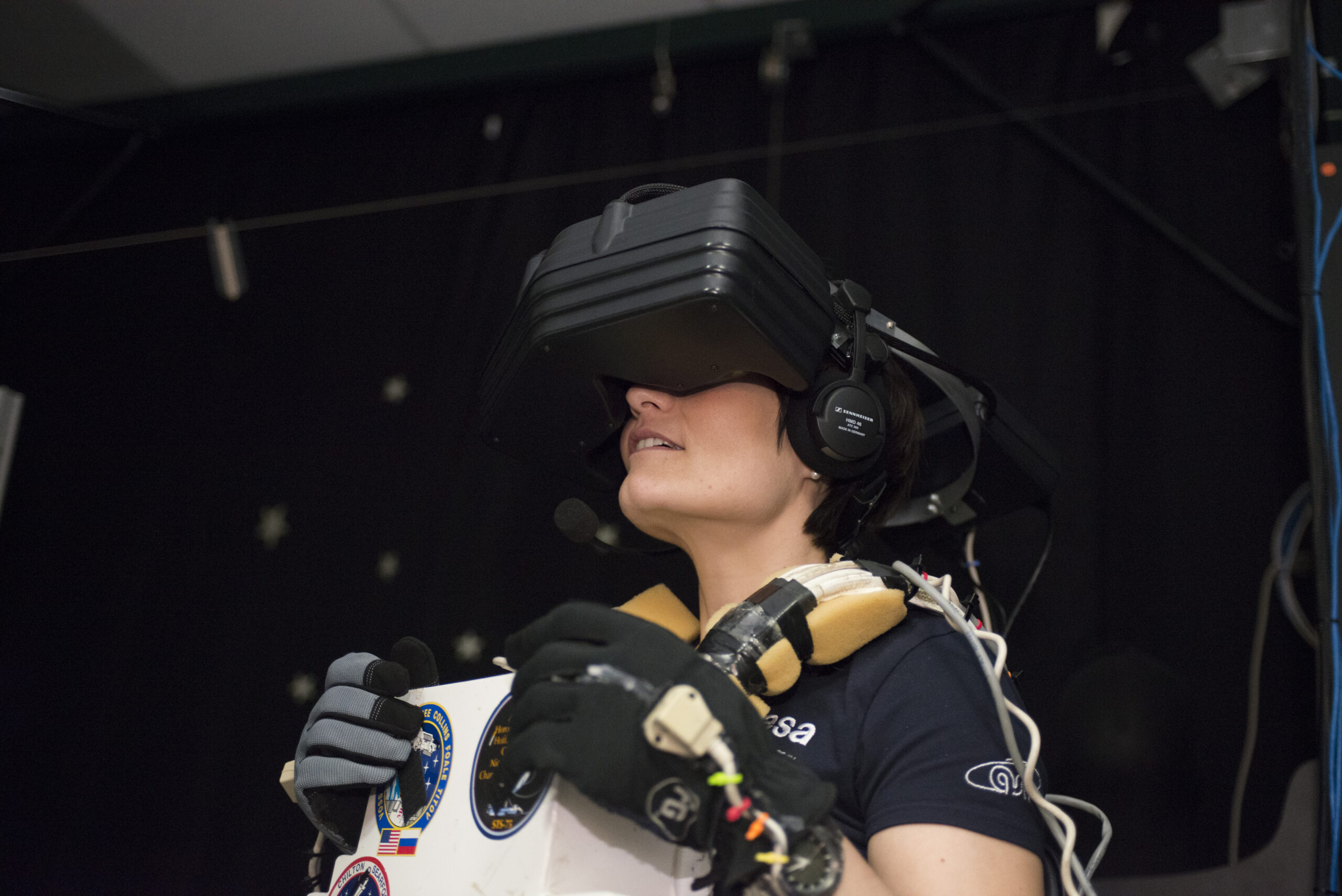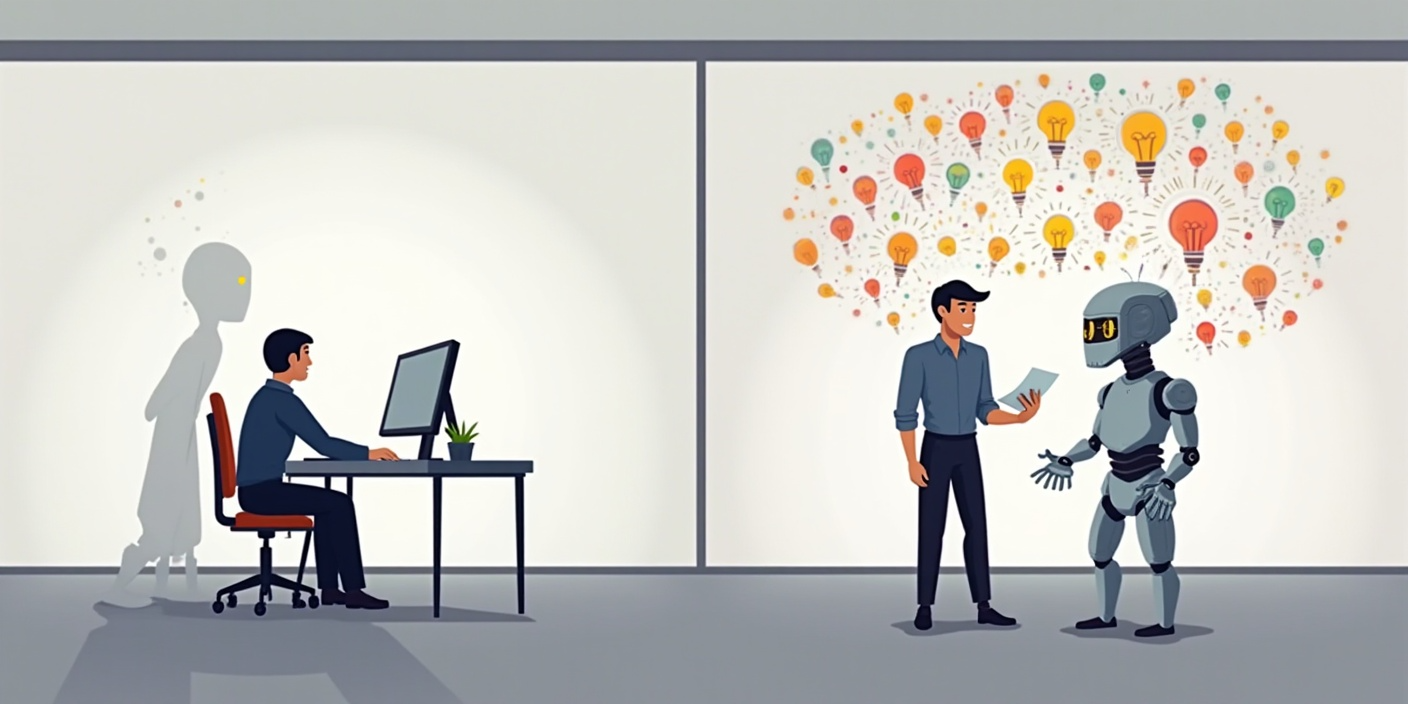Credit: ESA/Corvaja
License information
There are many professional skills that are hard to train in real settings, such as the ability to handle leaks on an oil rig or to deal with unexpected medical emergencies. The company Virti uses VR, AR, AI and gamification to make this kind of training experiential and immersive. For example, they developed VR-based training programs to deliver patient safety trainings to many medical professionals remotely. This type of training not only makes experiential training widely accessible and consistent, but also allows the collection of a large amount of learning data to improve the training design and management. In addition, using gamification in an immersive environment makes the training very memorable. The company found a 230% increase in knowledge gain for healthcare professionals, compared to traditional training. In the COVID-19 pandemic, Virti found new uses of the technologies: training the use of personal protective equipment and ventilators.
Link: Website
Contact: webpage
Location: UK
Summary
Purpose
To make experiential training widely accessible and consistent
Idea
Use virtual reality technologies to develop the training
Further Possibilities
1. Use VR to learn about human behavior that is otherwise hard to study
2. Use VR to teach people the danger of DUI
3. Use VR to teach people to deal with rare driving situations
4. Allow users to build things in VR and then 3D print them
5. Use VR to experience sci-fi scenarios
Questions
1. What might be all the disadvantages of using VR?
2. How might VR further strengthen learning?
3. How might we use AR to provide on-job-training?







